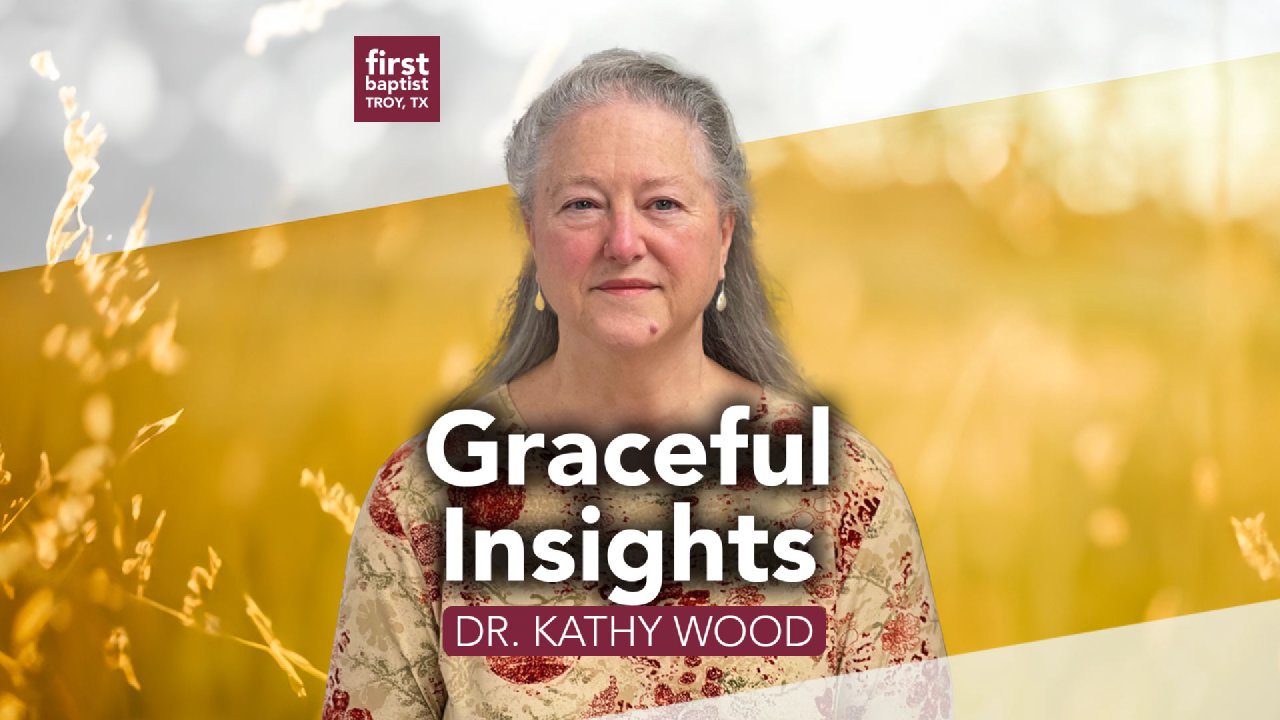Some kinds of evolution DO occur, like dogs and Archaeopteryxes. And what about fossils? They do exist so isn’t that an example of evolution? And what about those vestigial organs? We will hit on all of these in this segment.
FULL TRANSCRIPT:
So far, we have looked at evolution/creation terminology as well as a brief history of the controversy overall. In our last podcast, we also looked at one piece of evidence used by evolutionists to support the evolutionary theory – similarities between living plants and animals. This led us into a brief look at how DNA in different organisms is remarkably similar and what that might mean. We also looked at mutations and how some mutations might produce different species. Let’s continue on with this idea.
As I mentioned in the previous podcast, this is probably a good place to bring up another common disagreement between creationists and evolutionists – the subject of macroevolution versus microevolution. Macroevolution means that a species of plant or animal will change, generally over a very long period of time, into a completely different species, generally because of gene mutations. (Remember that 2 organisms are considered to be different species if they cannot successfully breed with each other. We’ve discussed this in a previous podcast.)
Microevolution looks at changes within a species over time which may be the beginning of making a new species. The bacteria I just mentioned are an example of this. Maybe a more familiar example is the dog species. We have lots of very different looking dogs out there! Think of tiny Chihuahuas and huge great Danes. Even though they look very different, they are still a single species – the dog. All the different breeds of dogs are due to tiny changes in their DNA, i.e., microevolution. Creationists agree that microevolution does occur and occurs relatively often. They disagree, however, with the idea of macro evolution. Their main evidence for disagreeing with macro evolution is that we should find what are called transitional organisms – these are organisms in the fossil record which are clearly “in between” 2 different species. They are “transitional”. Evolutionists claim that we see these transitional forms in human fossils but creationists disagree. Creationists say that the supposedly transitional forms in human fossils are really just a different variety of human.
To continue on with this thought, evolutionists point to the Archaeopteryx as a transitional form, saying that it has feathers and a skeleton similar to birds but also has features of dinosaurs. Creationists disagree with this view of Archaeopteryx and say that it is simply a bird that went extinct and it had some features of reptiles but was not a reptile.
Talking about Archaeopteryx actually takes us into the 2nd area of evidence for evolutionary theory – the fossil records. In fact, the fossil records are the primary piece of evidence for the evolutionary theory, but also for creationism. Over the centuries, scientists have found literally thousands of fossils. However, in all this time, few fossils have been found that could be viewed as “transitional forms”. Even Darwin noticed this, but he thought it was because the fossil record was still incomplete. He hoped that this would change the longer that fossils were being studied. One noted evolutionist has said that most of these “gaps” are still there a century later – not much has changed as far as transitional forms are concerned.
In earth history as the evolutionists see it, there are at least 6 large time divisions which are characterized by the increasing complexity of life forms found in them. Each of these large time divisions is further broken up into smaller periods of time. One of these smaller periods of time is called the Cambrian Period. During this period, many complex invertebrates all of a sudden appear. (An invertebrate is a life form without a backbone. So, a good example of this is an earthworm or an insect or a snail or… Lots of animals are classified as invertebrates.)
What is surprising to evolutionists about the Cambrian Period is that there are no transitional fossils found for any of the lifeforms seen during this period of time. A staunch evolutionist named Richard Dawkins says “It is as though they were just planted there, without any evolutionary history. Needless to say, this appearance of sudden planting has delighted creationists.” According to another evolutionist, Douglas Futuyma, “all the invertebrate phyla have appeared in the fossil record with absolutely no evidence that they arose from preceding lifeforms”, (i.e., there are no transitional fossils for any of those organisms).
There are also no ancestors or transitional forms in the fossil record for the major classes of fish either. Some very well-known evolutionists all agree on this. This lack of evidence actually supports creation, not evolution.
I remember some questions that my college students brought up several years ago, questioning how long it took to make a fossil. Would not fossils take hundreds or thousands or even millions of years to be made naturally? This is actually an interesting question and I looked into it at the time. Fossilization typically requires 3 conditions – the organism must have some hard parts, like bones, in its body; the organism must not be immediately destroyed; and the right geochemical conditions must be in the sediment or dirt where the organism dies. The 2nd condition – the organism not being immediately destroyed – mostly depends on how many soft parts are found in that organism. Soft parts are eagerly chewed on by surrounding bacteria and fungi, so once an animal dies, its body rapidly decays. That would prevent fossilization of those soft parts of the body. If there is a way for the soft parts to be preserved – i.e., may be the minerals in the soil prevent bacterial growth – the soft parts may become fossilized.
So, if all the conditions are good, something could become fossilized in a short amount of time. An interesting example of this is a fossilized hat found in a mine in Tasmania. Obviously, the hat was not millions of years old, or even hundreds of years old. It was estimated to be about 50 years old but every part of it was now hard rock. Evolutionists recognize the possibility of fossilization occurring in a very rapid span of time, but they do not believe that this occurred in most of the fossils in our fossil record.
Let’s move on to another piece of evidence used to support evolutionary theory – how species are distributed geographically. It is clear that some species only exist in certain places in the world. For example, it is interesting that Australia has many marsupials but few placental land animals. What do these terms mean? A marsupial is a mammal known for carrying its young in a pouch. We have a marsupial here in Texas – the opossum! Australia has kangaroos, wallabies, wombats, and several other marsupial species that you have probably never heard of. More than any other large landmass in the world. But Australia has relatively few placental land animals. A placental land animal is an animal that carries its young inside the body until they are born. Like a dog or cat or human. So why do the majority of marsupials live in Australia and surrounding islands? Perhaps because Australia is where this type of animal originated and then it spread to other places, producing new species through evolutionary change as it spread.
Evolutionists further suggest that sometimes a group of organisms becomes isolated from the rest of its species geographically. Conditions for this group might be different than they are for the others of that species. Then the isolated group starts accumulating genetic changes to such an extent that if you put the 2 groups back together again, they would not be able to breed with each other anymore. This could be the 1st step in making a new species. We see evidence of this happening even today when a small group of animals become separated from a larger group of the same animal. If the separation lasts too long, and if environmental conditions are very different between the 2 groups, those 2 groups may not be able to interbreed if they are ever put back together.
We only have a few minutes left in this podcast so let’s change topics for a moment and look at vestigial organs. A vestigial organ is an organ found in a present-day organism that has no function currently. Evolutionists several years ago had a list of such organs that they considered vestigial but all of the organs on the list have since been found to have important functions. An example of such a vestigial organ is the human appendix. The appendix is a thin tube found where the small intestine and large intestine meet. For many years it was considered to be completely useless but scientists now think it is involved in the development of immunity. Especially in early life, the appendix helps certain white blood cells mature and is involved in the production of certain antibodies that help us fight disease.
So that’s it for this podcast. In our next and final segment to this fascinating controversy between evolution and creation, we will take a look at the origin of life, including humans, and briefly touch on how the universe came about.





